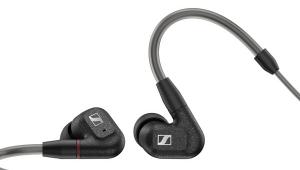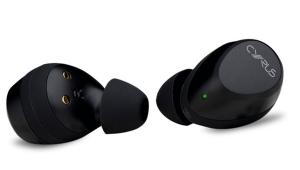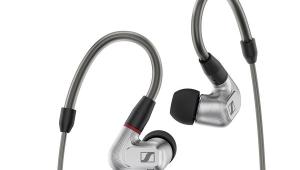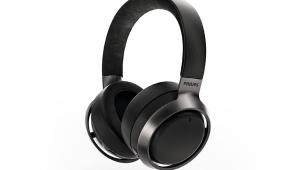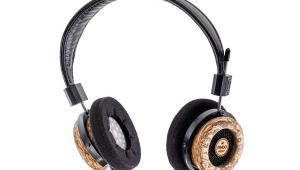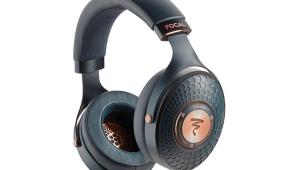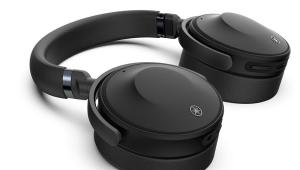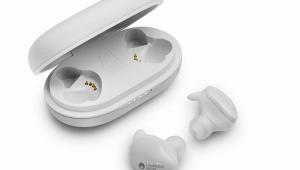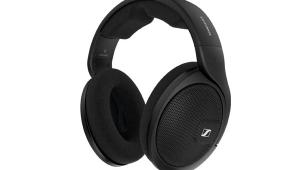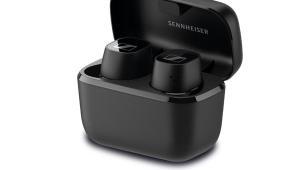Bowers & Wilkins PI7
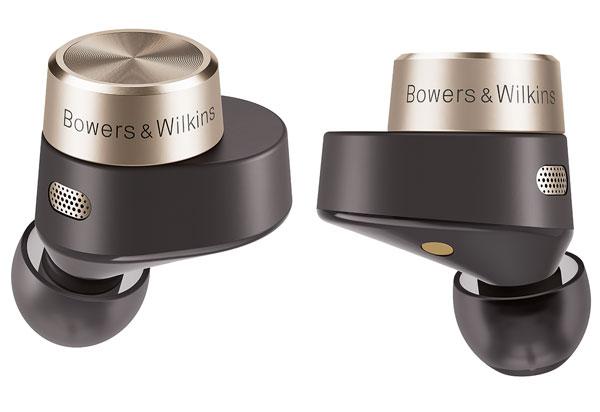
 The wireless headphone market has been a happy hunting ground for Bowers & Wilkins over the last few years and it was almost an article of faith that the company would debut in the ‘true wireless’ earphone market at some point. The arrival of the PI7 and the more affordable PI5 has actually taken a little longer than expected, but the specification is certainly comprehensive.
The wireless headphone market has been a happy hunting ground for Bowers & Wilkins over the last few years and it was almost an article of faith that the company would debut in the ‘true wireless’ earphone market at some point. The arrival of the PI7 and the more affordable PI5 has actually taken a little longer than expected, but the specification is certainly comprehensive.
Bowers & Wilkins says the main reason for the delay was ensuring that wireless stability met its requirements. The Bluetooth fitment of the PI7 is a very good one with all variants of aptX being supported alongside AAC for Apple devices. If aptX LL is present on both devices, the PI7 is technically capable of passing a 24-bit/48kHz signal.
The earbuds themselves are fitted with a 9.2mm dynamic driver and a balanced armature for the upper frequencies. Each driver has its own amplifier and the frequency response is a claimed 10Hz-20kHz. The same noise cancelling system is fitted to the full size wireless headphones and this uses six microphones to provide adaptive noise cancelling and signature (and still borderline magic) voice passthrough. The battery life of each earbud is relatively low at four hours, but the carry case also has a battery and this has the means to charge the buds four times and a 15 minute burst in the case will provide two hours of playback.
The case is technically interesting in its own right. As well as offering charge and storage for the earbuds, it can be used as a wireless base station. Bowers & Wilkins supplies both a USB-to-USB and a 3.5mm-to-USB cable that can be connected to the case and send audio to it. The case then pairs with the earbuds and sends audio to them via aptX LL. This is a unique feature at the moment and potentially useful for people who come into contact with systems that would otherwise need another pair of earphones. The PI7 isn’t the most striking-looking device but it’s well-made and comfortable to wear for extended periods. Black and white finishes are available.
Sound quality
I use an Oppo Find X2 Neo smartphone for the bulk of testing as it has aptX LL as part of its Bluetooth fitment. Pairing is straightforward and stability is generally very good although devices like supermarket security barriers upset them a bit.
This minor quibble aside, the PI7 doesn’t disappoint. The spellbinding Blue Heron by Sarah Jarosz positively crackles with energy and the PI7 does an excellent job of capturing the fine details scattered through the piece and stitching them into the wider whole. Picking up the pace with Royal Blood’s Boilermaker, bass extension is usefully deep but not at the expense of the speed and articulation required for head-banging.
The PI7’s noise cancelling is effective in the reduction of external noise without any really perceivable effect on the tonal balance of the music itself and the app-controlled adjustment works like a charm too. Sending audio via the case has also worked well. The 3.5mm-to-USB connection is noisier than the standard Bluetooth hookup, but it works without dropouts and provides a genuinely interesting unique selling point. Some brief testing over AAC Bluetooth via an iPad Pro are listenable, but less capable than the higher bandwidth Bluetooth options but this isn’t really the PI7’s fault.
Conclusion
It’s been a while coming and it isn’t cheap, but the PI7 is a deeply impressive true wireless debut. ES
DETAILS
Product: Bowers & Wilkins PI7
Type: True Wireless, noise cancelling in-ears
FEATURES
● 9.2mm dynamic driver
● Balanced armature HF unit
● Frequency Response 10Hz-20kH
 |
Inside this month's issue:
Q Acoustics 3020c standmount loudspeakers, Perlisten R10s active subwoofer, Quad 33 and 303 pre/power amps, Acoustic Solid Vintage Full Exclusive turntable, newcomer Fell Audio Fell Amp and Fell Disc and lots, lots more...
|



